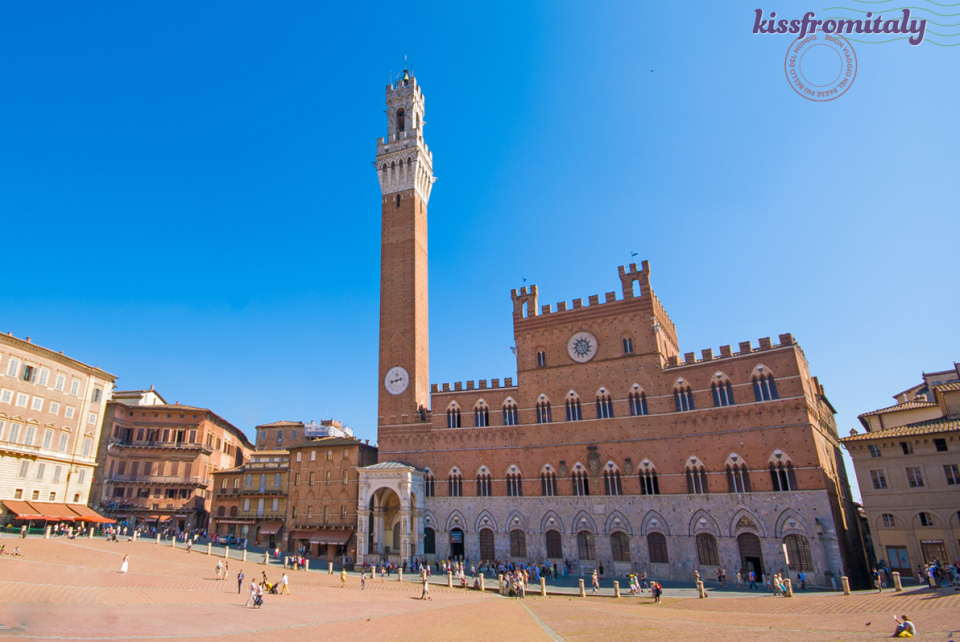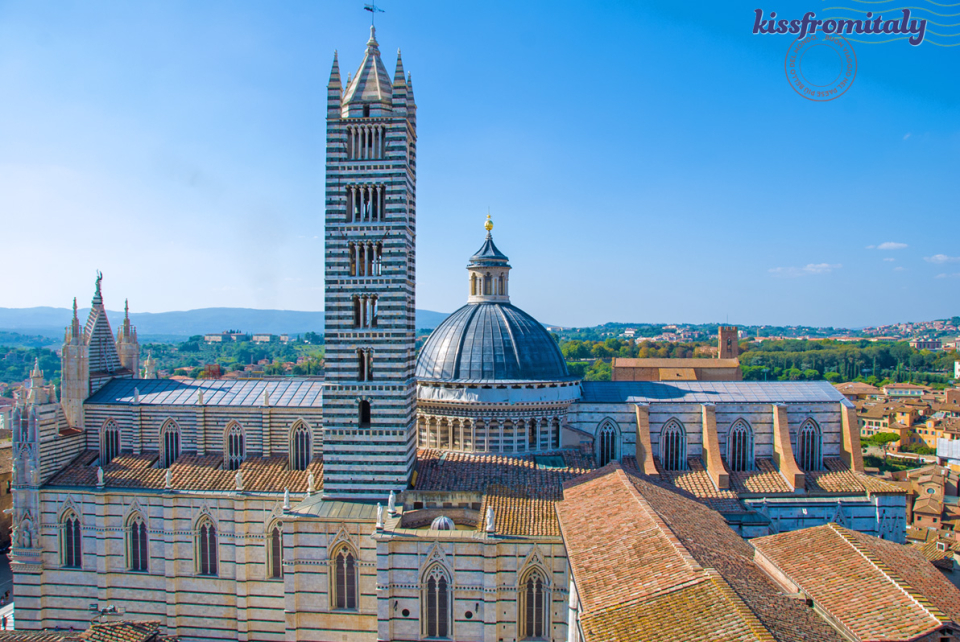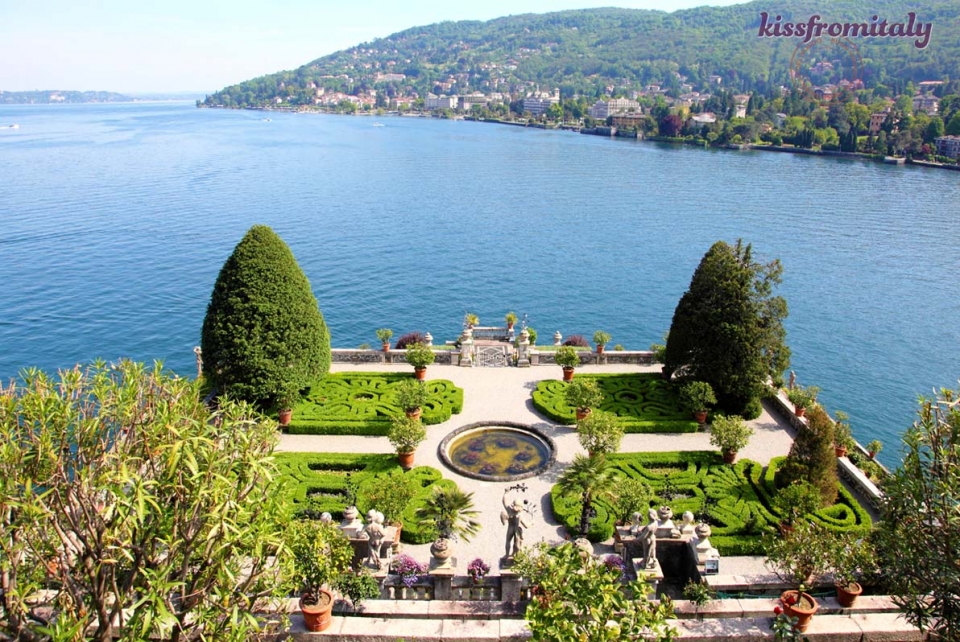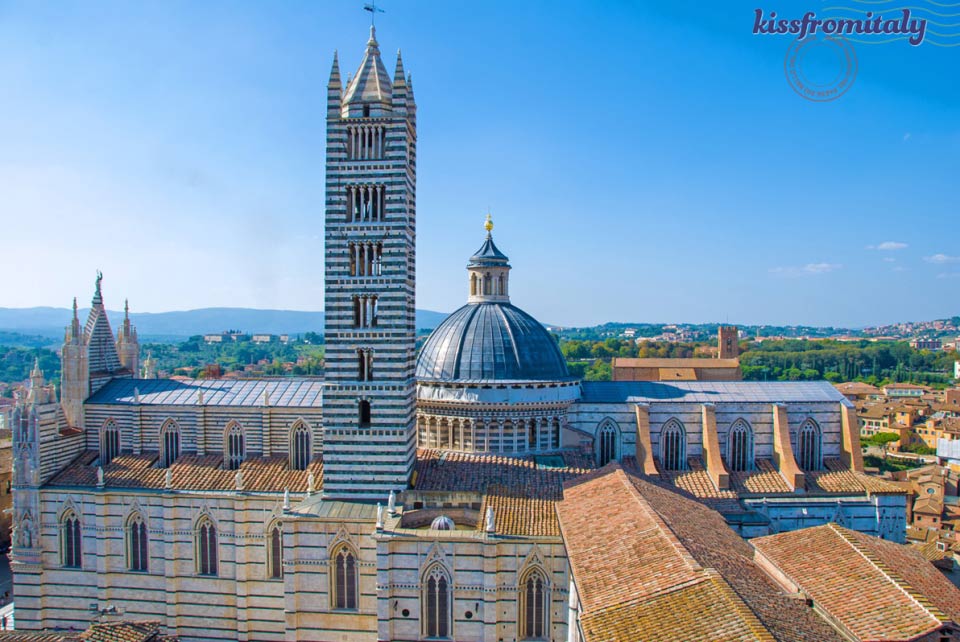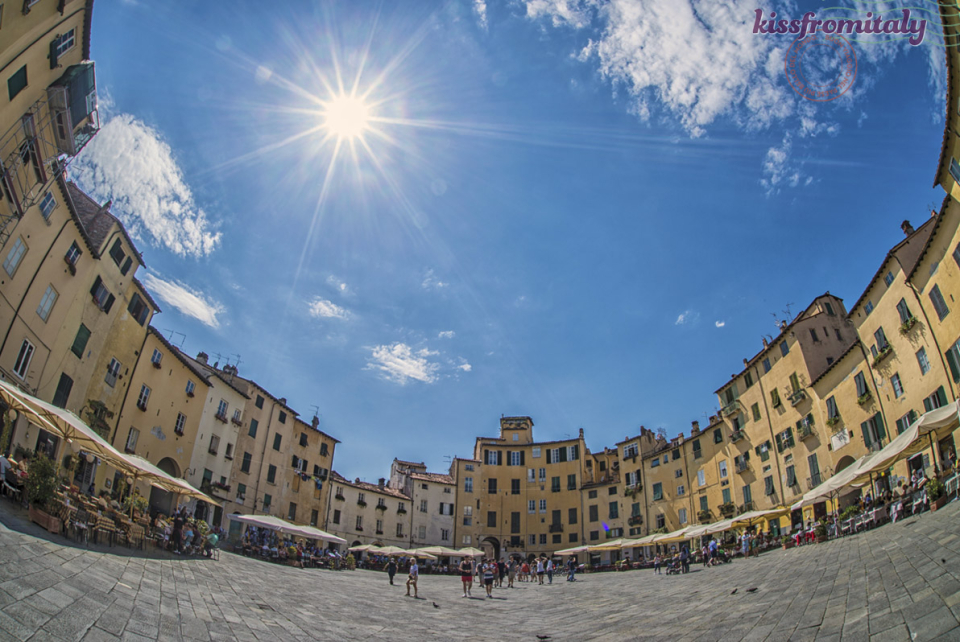
The famous Palio is a historic horse race that takes place in the town of Siena in Tuscany twice a year.
During the famous Palio horse race, Siena is at it's most lively and festive. Flags of every Contrada line the streets, and the Sienese people eagerly await to see which neighborhood will win ultimate bragging rights for the year.
Although there were once 59, today Siena is divided into 17 "Contrade," or neighborhoods. In Siena, citizens are born and baptised into a Contrada, and remain fiercely loyal throughout their lives. They are more proud of their beloved Contrada than they are of their city or country!
The 17 Contrade of Siena:
- Aquila (Eagle)
- Chiocciola (Snail)
- Onda (Wave)
- Pantera (Panther)
- Selva (Forest)
- Tartuca (Tortoise)
- Civetta (Owl)
- Leocorno (Unicorn)
- Nicchio (Shell)
- Torre (Tower)
- Montone (Ram)
- Bruco (Caterpillar)
- Drago (Dragon)
- Giraffa (Giraffe)
- Istrice (Porcupine)
- Lupa (She-Wolf)
- Oca (Goose)
Each Contrada has it’s own colors and emblem that can be seen displayed in the various neighborhood streets around Siena. The Contrada that has won the most Palio races is Oca (Goose) at more than 60 wins!
Gallery
The Palio
Historical records date the Palio of Siena back to at least the 6th Century. It takes place twice a year, once on July 2nd, and once on August 16th. The July 2nd race is known as the Palio of Provenzano, and is held in honor of the Madonna of Provenzano. The August 16th race is known as the Palio of the Assumption, and is held in honor of the Assumption of the Virgin Mary.
Ten Contrade participate in the race held in Piazza del Campo. The 10 Contrade consist of the 7 that did not participate in the particular race day the previous year, and the remaining three are chosen by a random drawing.
Although many people think of each Palio as being a one-day event, the celebrations actually take place over the course of 4 days, with the race being held on the last day. On the first day is the "Tratta," or drawing, to determine the last 3 participating Contrade, and the assignment of the horses to each Contrada. There are then 6 trial runs, once every morning and afternoon leading up to official race. The fifth trial run, on the evening before the official race, is known as the "Prova Generale" (General Trial), and the sixth trial, on the morning before the official race, is called the "Provaccia," or "bad trial" since no one wants to tire out or injure their horse right before the real deal!
The day of the race begins at 8am sharp for the "Messa del Fantino" or "Mass of the Jockeys" in the chapel next to the Palazzo Comunale. The "provaccia" is held shortly after, and at 10:30am the Signing of the Fantini takes place, confirming once and for all the jockey that will represent each Contrada.
At about 3pm on race day each Contrada holds a benediction ceremony for the horse, after which they all come together for a parade. Dressed in historical costumes, more than 600 participants wind through the streets of Siena.
The parade arrives in Piazza del Campo at 5pm, and at about 7pm a firecracker explosion signals the arrival of the horses into the piazza.
The Race
The officiator, known as the "Mossiere" calls each Contrada into the "Mossa," an area defined by 2 long ropes where the race begins. One by one each horse and jockey take their place, until the last horse comes riding in at a gallop, signaling the beginning of the race. The start of the race can actually be quite complicated and last for some time. If the start is not considered valid, a shot signals the jockeys to return with their horses to their place. In the small Mossa with rivalries running high, this can at times be tense and lengthy.
Once begun, the horses must run 3 laps. The pace is fast and dangerous. The Curve of San Martino is a particularly dangerous spot where collisions and falls are common. Because of the danger to the horses, many animal activists are against the Palio.
The first horse to finish, with or without his jockey, wins the race! The winning Contrada receives a "Drappellone" or large drape. In July the "Te Deum," or prayer of thanks, is held in the Church of Provenza, and in August it is held in the Duomo.
The winning Contrada carries on celebrating in the streets of their Contrada well into the night, with wine flowing freely for all!
What you need to know
- You can easily watch the Palio for free in Piazza del Campo, but be sure to arrive by at least 4:30pm or it may already be too packed.
- Drinks are sold in the Piazza, but there are no bathrooms, so plan accordingly
- There is little to no shade in Piazza del Campo, so bring a hat to protect yourself from the sun
- Flags, scarves, and other merchandise representing the different Contrade are sold all throughout the city and make a great souvenir. Be careful of showing off your chosen Contrada as you walk the streets of Siena - you can easily cause offense! Be respectful of the locals as rivalries and tensions are running high.
Although the race itself lasts only a few short minutes, the city of Siena has an air of excitement throughout the entire four days of Palio. The day of the Palio race is an unforgettable experience and a chance to see the people of Siena full of pride for their Contrada, and the sometimes-sleepy city of Siena come fully to life!
Krista Jones Ricchi


